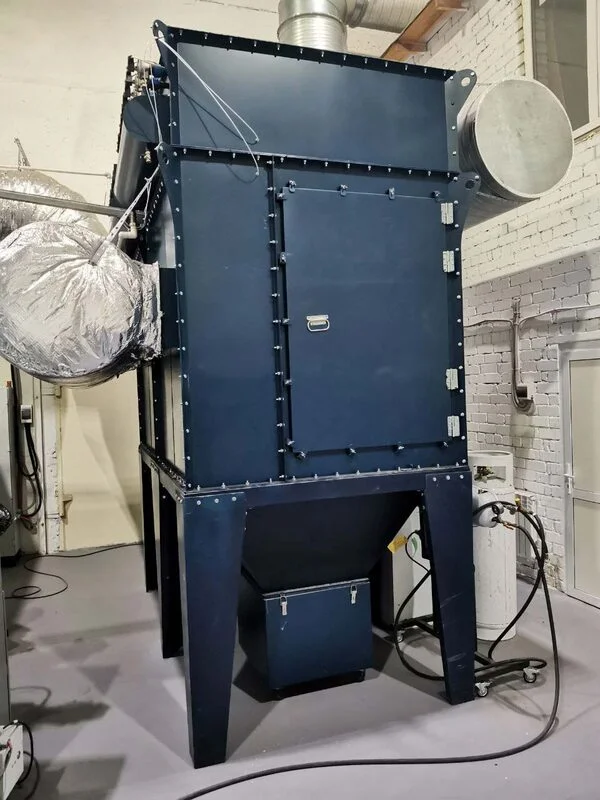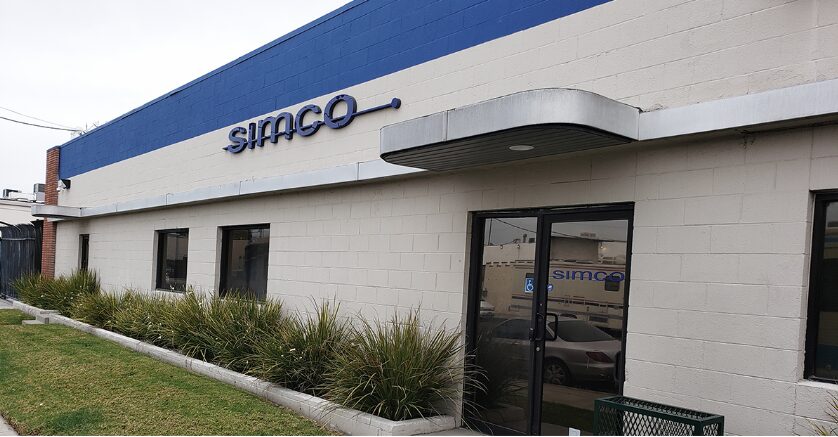In large-scale rice milling operations, rice dust is an inevitable byproduct — composed of fine particles from bran, hulls, and broken kernels. Proper collection and control of this dust is not just an environmental or health concern; it is central to safety, efficiency, and regulatory compliance.
When discussing rice dust, some key terms regularly arise:
- Rice husk dust (or rice hull dust): The particulate matter that comes from the protective exterior of the grain (hull).
- Rice hull dust explosion / rice dust explosion: The risk that under certain conditions, these fine particles in suspension can ignite violently.
- Dust collection rice milling principle: The engineering methods by which this dust is captured and filtered.
To offer authoritative insight into solutions, see the in-depth treatment on rice dust collection from Torch Air
The Principle of Dust Collection in Rice Milling
In industrial rice milling, dust collection systems must manage both coarse and fine particulates. A layered approach is often used:
- Source capture (local extraction) — at points such as husking machines, pneumatic conveyors, polishers.
- Primary separation (cyclone or inertial separator) — to remove heavier particles and reduce the load on filters.
- Secondary filtration (baghouse or cartridge filters) — for fine dust control, often with pulse-jet cleaning.
- Dust discharge and safe handling — with proper hoppers, isolation, and inerting where required.
This dust collection rice milling principle mirrors best practices: first reduce dust load by inertia, then capture the fine fraction with fabric or cartridge filters. According to the Torch Air blog, cartridge filters are compact and useful in space-constrained facilities, achieving high filtration performance.
Additionally, integrating dust collection allows for reuse or safe disposal of biomass byproducts — improving material yield and lowering waste.
Why Rice Dust Is Dangerous: Explosion Risks & The “Dust Pentagon”
Fine agricultural dust, including rice husk dust, is inherently combustible. Under certain conditions, a dust cloud can ignite or even explode. The classic “fire triangle” expands for dust into a dust pentagon:
- Fuel: the rice dust itself
- Oxygen: ambient air is nearly always present
- Ignition source: sparks, hot surfaces, static discharge
- Dispersion: the dust must be airborne and suspended
- Confinement: enclosed volumes like silos, ducts or classifiers
If all five are present, a rice dust explosion can occur.
Key parameters influencing explosibility include:
- Particle size: The finer the dust (e.g. < 50–100 µm), the more reactive it becomes.
- Dust concentration: There is a minimum explosible concentration (MEC). Below this concentration, a cloud will not propagate flame.
- Moisture content: Higher moisture tends to dampen ignition, though it does not always prevent explosion if other conditions are met.
- Ignition energy: Static discharges, hot bearings, or sparks in dust-laden areas can supply enough energy to ignite the mixture.
A recent study on Explosion Severity of Rice Dust found that maximum explosion pressure and flame propagation velocity are strongly tied to dust concentration and particle size, underscoring the critical need for robust design.
Given this risk, industrial rice mills must integrate explosion-mitigating features:
- Explosion relief vents or panels
- Isolation or suppression devices
- Spark detection and extinguishing systems (e.g. to quench sparks before they reach filters)
- Grounding and bonding of equipment
- Segregating processing zones to avoid propagation of a blast
Rice Husking, Milling & Dust Generation Points
Let’s walk through typical dust-generation zones in a rice mill:
- Dehusking / husk removal: Friction and abrasion generate rice hull dust.
- Polishing / whitening: Grain–grain abrasion and contact with rollers generate fine particulate.
- Separation / aspiration stages: Air classifiers or aspirators intentionally entrain fine particles for removal.
- Storage / conveying / transfer: Pneumatic or gravity transport can stir dust clouds, especially in chutes and ducts.
In all these zones, uncontrolled dust leads to:
- Reduced visibility, respiratory risk to workers
- Accumulation of combustible dust on surfaces
- Increased fire/explosion hazard
- Loss of yield (valuable bran and breakage)
- More frequent maintenance downtime
Numerous field studies confirm that retrofitting dust collection systems in feeding/sieving operations reduces airborne concentrations significantly.
Best Practices for Safe, Efficient Rice Dust Handling
To design an effective dust collection system (especially for a baghouse or cartridge filter in a rice milling environment), consider the following:
- Proper airflow design: Maintain velocities to entrain dust but prevent re-entrainment losses.
- Adequate filter area: Oversize fabric or cartridge filters so that pulse cleaning keeps the dust cake thin.
- Pulse-jet or reverse-air cleaning: To dislodge dust from filter surfaces.
- Spark detection and suppression: At key points before filters or along duct runs.
- Explosion venting / suppression: In hoppers, filters, and ductwork.
- Material moisture control: Maintain humidity in acceptable ranges to reduce dust dryness.
- Regular housekeeping: Frequent cleaning to avoid layered dust buildup (secondary explosions are often worse).
- Zone classification & electrical safety: Use explosion-proof motors, cables, and devices in classified zones.
- Staff training and monitoring: Ensure personnel are aware of dust hazards and maintain strict maintenance regimes.
By coupling sound dust collection rice milling principle design with explosion safety features, processing plants can drastically reduce risk while maintaining throughput.
Conclusion & Call to Action
In rice milling operations, rice dust is not just a nuisance — it is a serious industrial hazard. The risks of rice dust explosion, especially from rice husk dust or rice hull dust in confined systems, demand a careful and robust dust collection strategy based on engineering principles. The right system can safeguard health, yield, and facility integrity.






























































Leave a Reply